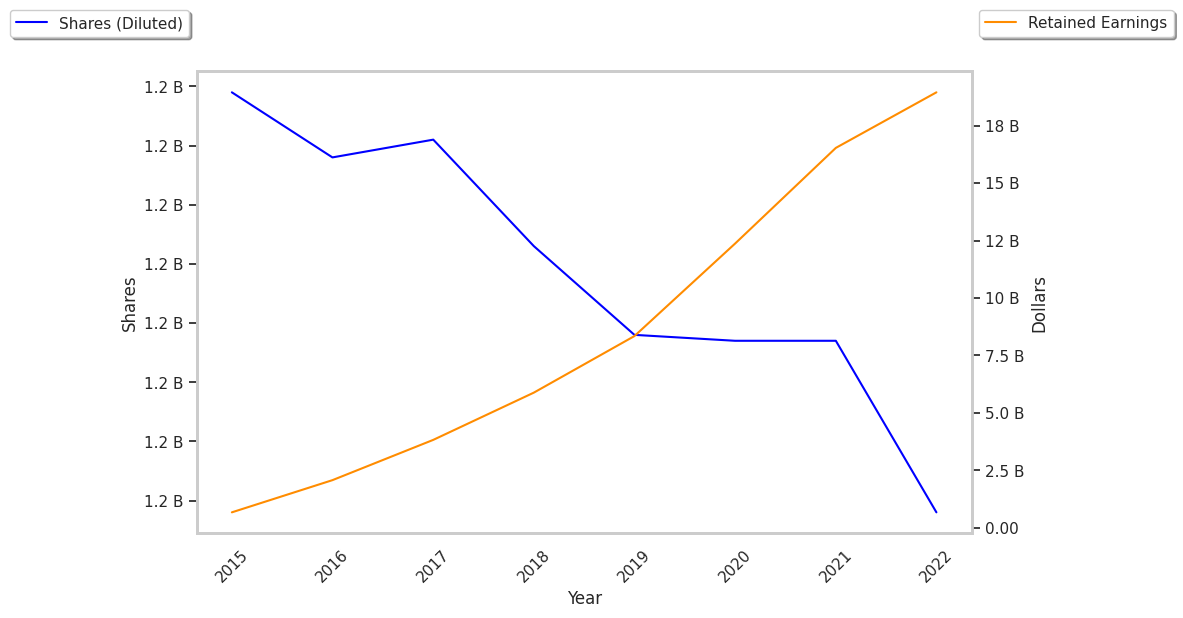Business Services company PayPal is taking Wall Street by surprise today, falling to $80.83 and marking a -9.7% change compared to the S&P 500, which moved 0.0%. PYPL is -16.02% below its average analyst target price of $96.25, which implies there is more upside for the stock.
As such, the average analyst rates it at buy. Over the last year, PayPal shares have outstripped the S&P 500 by 19.5%, with a price change of 40.5%.
PayPal Holdings, Inc. operates a technology platform that enables digital payments on behalf of merchants and consumers worldwide. The company is a consumer cyclical company, whose sales and revenues correlate with periods of economic expansion and contraction. The reason behind this is that when the economy is growing, the average consumer has more money to spend on the discretionary (non necessary) products that cyclical consumer companies tend to offer. Consumer cyclical stocks may offer more growth potential than non-cyclical or defensive stocks, but at the expense of higher volatility.
PayPal's trailing 12 month P/E ratio is 19.3, based on its trailing EPS of $4.18. The company has a forward P/E ratio of 14.8 according to its forward EPS of $4.89 -- which is an estimate of what its earnings will look like in the next quarter. As of the third quarter of 2024, the average Price to Earnings (P/E) ratio for US consumer discretionary companies is 22.6, and the S&P 500 has an average of 29.3. The P/E ratio consists in the stock's share price divided by its earnings per share (EPS), representing how much investors are willing to spend for each dollar of the company's earnings. Earnings are the company's revenues minus the cost of goods sold, overhead, and taxes.
When we subtract capital expenditures from operating cash flows, we are left with the company's free cash flow, which for PayPal was $4.22 Billion as of its last annual report. This represents the amount of money that is available for reinvesting in the business, or for paying out to investors in the form of a dividend. With its strong cash flows, PYPL is in a position to do either -- which can encourage more investors to place their capital in the company. Over the last four years, the company's free cash flow has been growing at a rate of 1.0% and has on average been $4.6 Billion.
Another valuation metric for analyzing a stock is its Price to Book (P/B) Ratio, which consists in its share price divided by its book value per share. The book value refers to the present liquidation value of the company, as if it sold all of its assets and paid off all debts). Paypal's P/B ratio is 4.03 -- in other words, the market value of the company exceeds its book value by a factor of more than 4, so the company's assets may be overvalued compared to the average P/B ratio of the Consumer Discretionary sector, which stands at 3.19 as of the third quarter of 2024.
PayPal is likely fairly valued at today's prices because it has a Very low P/E ratio, an average P/B ratio, and generally positive cash flows with a flat trend. The stock has mixed growth prospects because of its decent operating margins with a stable trend, and an above average PEG ratio. We hope this preliminary analysis will encourage you to do your own research into PYPL's fundamental values -- especially their trends over the last few years, which provide the clearest picture of the company's valuation.



